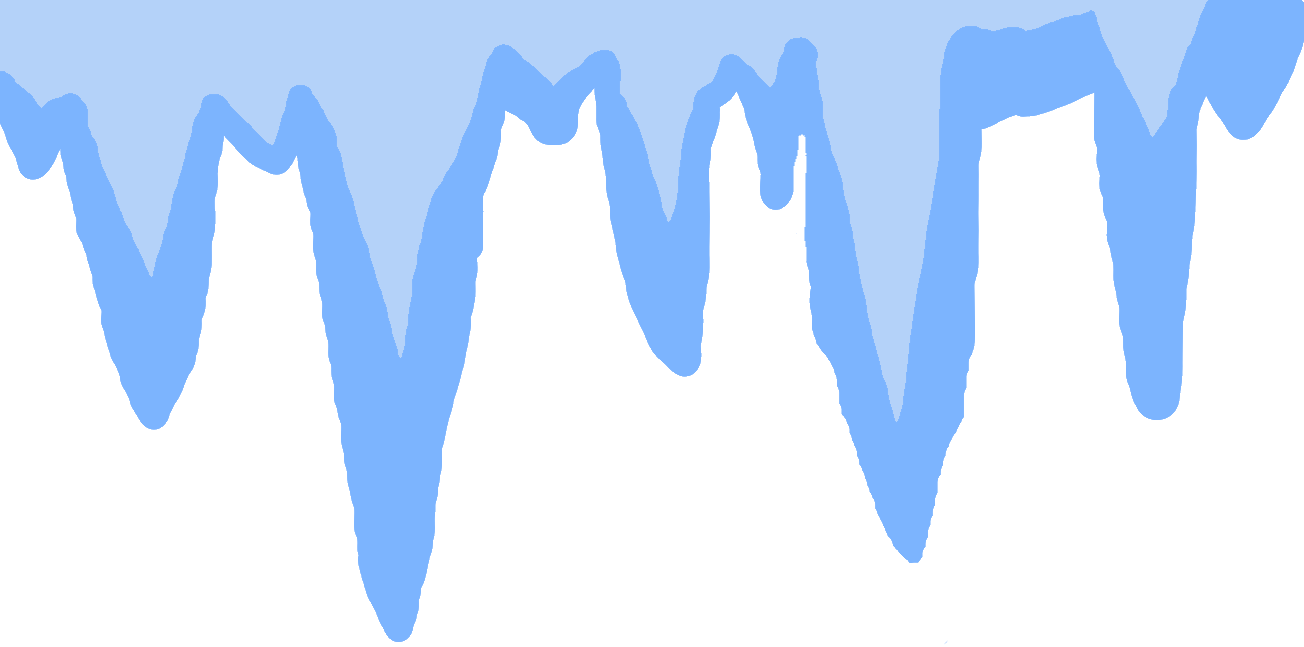
Gasoline refinement
James Hargreaves (1765)'s spinning jenny
Useful for, like, ship distress calls. Say, for example, the one the Titanic sent out.
James Watt's efficient steam engine (1765)
Like fifty years later, they finally came out with a steam engine with a condensing chamber, making it more efficient. Also a pretty big deal.
First ancestor of the computer
First steam-powered mill (1779)
Samuel F. B. Morse's telegraph and Morse Code (1837)
This would allow for long-distance communication
Jethro Tull (1708)'s mechanical seed drill
Helped plant crops
Made generators and electrical engines possible
John Kay (1733)'s flying shuttle
Joseph Monier (1849)
Reinforced Concrete
Karl Benz's internal-combustion automobile engine (1885)
cars go vroom
Cathode rays discovered
Thomas Edison (1879)
Invented the incandescent lamp. Though he was, in general, prone to rude tendencies.
Marc Brunel's first underwater tunnel (1826-1842)
Under the Thames
Thomas Alva Edison's phonograph (1877)
This is a record player. Useful for music, instructions, etc.,
Daguerre's daguerrotype (1838)
Early form of photography
James Brindley (1761)'s Bridgewater Canal
Allowed for barges to carry coal from Worsely to Manchester
Hiram Maxim's machine gun (1884)
Mass slaughter is now possible, begins mechanization of warfare. Unfortunately, as some predicted, his machine gun did not prevent war — people still fought, despite these monsters being on the battlefield.
Cartwright's power loom (1787)
More efficient thread spinning
First skyscraper (10 stories tall) (in Chicago)
First high explosive that could be safely handled. Useful for mining and clearing areas for infrastructure.
First commercially successful (though kind of clumsy) steam engine, used to pump water out of coal mines. Big deal, since we've just unlocked a new power source.
Brooklyn Bridge opened (1883)
Large suspension bridge, "triumph of engineering."
Henry Bessemir's steel converter (1854)
William Murdock's cool thing he did (1792)
Lit his home using coal gas. Also, he was James Watt's assistant.
First transatlantic cable completed
1858
Began the first regular commercial rail service
Eli Whitney (1793)'s cotton gin
This separated the useful raw cotton from its seeds, making the cotton industry much more profitable. It had mixed effects — remember how a lot of cotton was farmed using slave labor.


